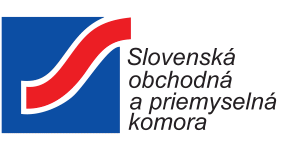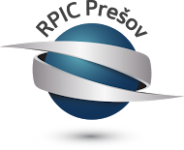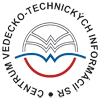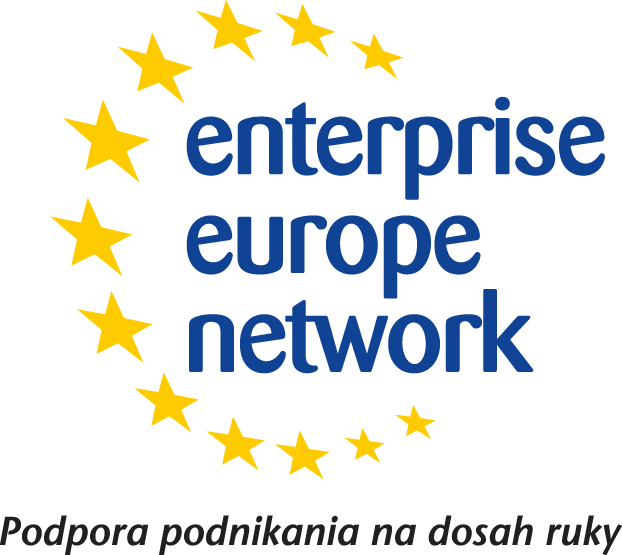Summary:
A Singapore SME and exporter of soya bean lecithin powder and liquid is seeking a technology, such as membrane separation, as an alternative to the current distillation processes used as the solvent recovery method during the lecithin extraction step of edible oil processing. The SME is keen to license suitable technologies from SMEs of any sizes or research institutes or explore joint venture partnerships in addressing this challenge.
Description:
One of the largest manufacturer and exporter of soya lecithin powder and liquid, with de-oiling plants in and outside Singapore, the Singapore SME seeks to partner technology providers or developers of membrane separation processes to test the technology and determine its technical feasibility and commercial viability.
Vegetable origin lecithin, a mixture of phospholipids, glycolipids, glycerides and other components, is derived during oil refining of soya, sunflower, rapeseed, or rice-bran oil. The extraction processes currently employ solvents, such as hexane and acetone to extract the oils. These solvents are commonly recovered during the extraction step of edible oil processing through distillation. A key disadvantage of using distillation is that it is an energy-intensive process. Therefore, alternate solvent recovery processes, such as those using membranes, are gaining significant attention as they help reduce energy consumption during oil processing and refining.
The SME prefers the partner to have expertise in membrane system design and build, membrane operations, and membrane/distillation hybrid systems and is open to both licensing and collaboration such as joint ventures to test and deploy the technology.
The company plans to validate and deploy the technology first in its Singapore plant by Q1 2019 followed by in its overseas plants.
The SME is keen establish either a licensing or joint venture agreement wiith SMEs of any sizes or research institutes.
Type (e.g. company, R&D institution…), field of industry and Role of Partner Sought:
The SME is seeking partnerships with technology developers (SMEs of any sizes or research institutes) of membrane separation technology that can be used for solvent recovery processes, in particular, the recovery of lecithin from various vegetable sources, such as soya, sunflower, rapeseed, or rice-bran oil.
It seeks technical expertise from the partner in membrane operations, membrane system design and build, membrane/distillation hybrid systems in its potential partners. The stated objective of the partnership (licensing or joint venture) is to determine/ develop the technical feasibility and commercial viability of the membrane separation technology.
Technical Specification or Expertise Sought:
The technology should at least be a working prototype (TRL 7-9). The technology sought is to be deployed in the following conditions in which the currently used extraction and refining process are being performed:
o A soybean oil processing plant with an outdoor environment that is exposed to high relative humidity, temperature upto 40 degrees Celsius and typical tropical weather.
o Solvents used for solvent/oil separation are acetone and hexane with soy bean oil typically at 8%-10%.
o Process flow for acetone/soy oil mixture is 3t/h and hexane/oil mixture is 1.5t/h
o The process fluid is expected to contain trace components that are naturally found in edible oils, such as proteins, DNA, glucoses, phospholipids, glycolipids, and so on.
o For acetone/water separation after distillation process, the operating conditions include temperature of 20 degrees Celsius, water to acetone ratio of 6:1 and process flow 200 l/h.
The membrane technology required should possess the following properties:
o High rejection rate of oil and high permeate fluxes and minimal membrane swelling
o Mechanical, thermal, and chemical resistance properties that are compatible with existing processes
o Ease of membrane operations, cleaning, and maintenance
The overall separation process, when deployed, should also help to improve energy efficiency and reduce energy consumption. It should also entail minimal use of industrial chemicals for cleaning and minimal loss of solvents.
The expected oil quality (measured in terms of absence of residual hexane and oil color) should be able to meet or exceed the quality achieved in the current process with an output from the filtration process of at least 50% oil concentration. The expected permeate would potentially be a solvent with minimal carryover of any.
The SME is not interested in distillation technology.
External code:
TRSG20181003001








